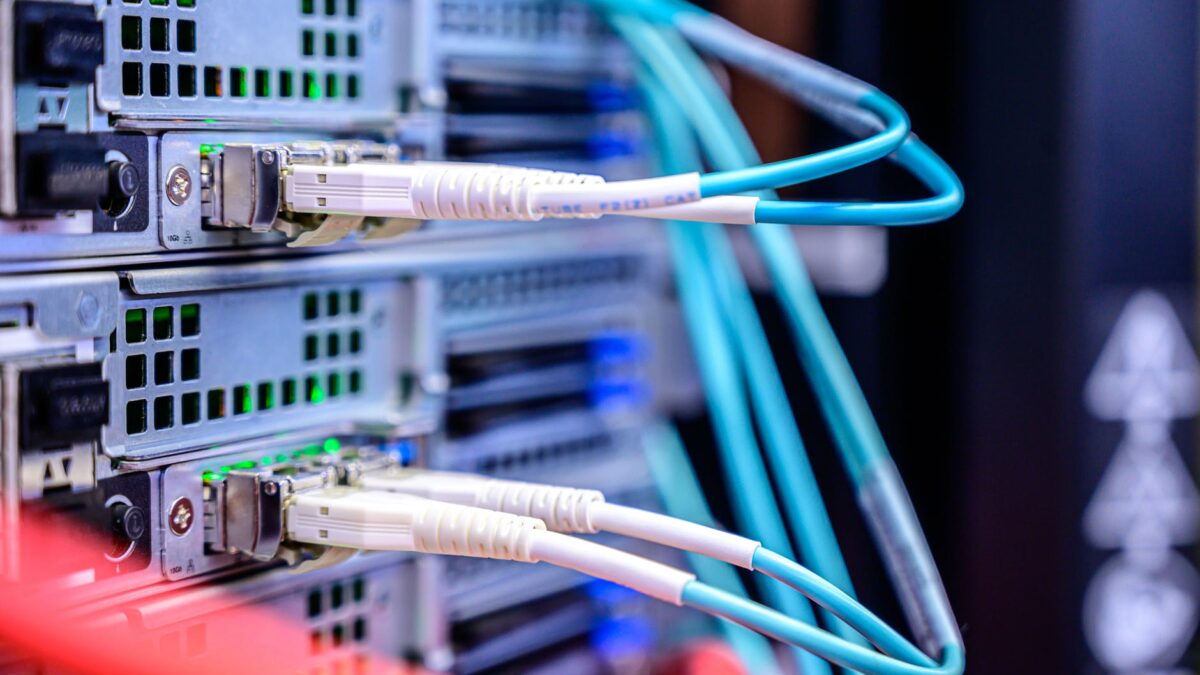IEEE 802.3, does this remind you of something? Well, let’s start from here. An Ethernet Cable has a long history dating back to the ’80s when it got its IEEE standardization. Its definition remains simple; a communication standard developed to network computers and other devices in a given local environment could be a building or even a home. The idea here to form a network commonly referred to as Local Area Network (LAN), which would then be an effective avenue for data sharing.
Therefore, an Ethernet cable is a type of network cable meant for the sharing of electronic data. These cables connect to various devices, routers, TVs, computers, etc., via unique ethernet ports to share this information.
AN ethernet cable is often limited to length and durability. Extraordinarily long and poorly designed Ethernet wires do not carry the quality network signal. If you look keenly, you will notice the various Ethernet cable available optimized differently for specific tasks.
Ethernet cables in familiarity look like a phone cable. The wires have double the number of wires to a phone cable (8 vs 4). The connector is slightly bigger than a phone cable’s connector.
Table of Contents
How does an Ethernet cable look like?
An Ethernet cable appear more like a phone charger only with a few minor difference on;
- Amount of twisted wires inside: An Ethernet cable has eight while a phone, only 4.
- The connector: A phone’s modular plug has a smaller head than an Ethernet cable. Some Ethernet cable heads will also have ‘heads’ with clips that hold on to the port and an LED light to signal a successful connection.
Ethernet cables vary in length, with the least being as short as 0.3 meters and the lengthiest 30 meters or more. If you are using the long lines but need a smaller one, it is always possible to shorten the lengthy ones by cutting them and connecting the heads to the cut ends.
Another most distinctive characteristics of an Ethernet cable are the colours. The line carries multiple differently coloured wires for easy connection in the networking process. In most cases, various ISPs will provide a lead into differentiating these different wires based on their colours for easy connectivity.
Ethernet Cable Structure
Ethernet cables take a variety of structural formations whereby the common one is the twisted pair cable. This design typically composes of two wires twisted together for ultimate results in speed drops and maximum length. Usually, the best after this is the fibre-optic cables.
Twisted wires in Ethernet cables transfer electric data in either direction and, in this sense, often keep the electric fields balanced. This balancing is essential as it helps reduces any noise produced within the wire.
One of their quality reasons is that the two cables carry data in both directions, balancing the electrical fields. It reduces electrical noise within the wire.
Typically electric data on transfer via a wire tend to generate ‘noise’ because of the carried electric current, also known as radio frequencies. The louder these noises are, the more the data gets distorted. Note that such noises affecting the signal strength may again come from external sources, which could be nearby electrical fields.
Types Of Ethernet Cables
Ethernet Cables exist in multiple types as defined below.
- Straight Through Or Cross Over
- Straight-Through is sometimes known as Patch Cables. Their main uses involve various connections, such as the one between a computer and a router.
- Cross Over Cables: These are used to connect two similar devices, e.g., a computer and another.
- Solid Or Stranded Cables
- Reliable Cables: These are single-wire run cables mainly used for network connection in a business setup. Their services are much better than stranded threads. Typically, their production cost is low, and so their retail prices.
- Stranded Cables: Their structure composes only a few tinner wires working together. These cables are typically prone to breakages and are most appropriate for home functions.
Categories
Ethernet cables form categories, also referred to as standards. Because of the fast technological advancements in the networking industry, these categories (Cat) keep changing. The lowest or the very initial one was the Cat5. Its usage was mainly purposed for low speeds of up to 100Mbps.
The next upgraded version is the Category 5e (Cat5e): This Ethernet cable allows for higher speeds with reduced electrical cable interference.
Category 6 (Cat6): This Ethernet supports speeds up to 10 gigabits, basing on the area. Being an upgrade, Cat6 features some advancements such as;
- Thin wires to help reduce ‘noise.’
- They come with stiffer cables compared to the Cat5 making them harder to bend around close-fitting corners.
Category 6a (Cat6): It is an upgrade from the Cat6 cable. The cable supports speeds of up to 10 gigabits and offers double the bandwidth higher than the Cat6s. The Cat6 lines come shielded to reduce interference, such as electrical noise or electromagnetic radiation.
Category 7 (Cat7): The type supports speeds up to 10 Gigabits per second, covering a distance of up to 15-meter. These fully-shielded twist cables remain highly effective in the transfer of electric signals.
Category 8 (Cat8): These are the latest. The allows signal passage of 2000MHz bandwidth via speeds of up to 40Gbps. Because of their intense usability at data centres, these cables are more expensive. Mostly, it is big enterprises transferring lots of data over time that use these cables. Still, however, you can contact your ISP for advice on the best line to use.
Note that not all devices will support this cable’s use, especially if they are old. Therefore, it is essential to note those devices that would support your line before buying.
Also Read: 8 Reasons Why You Should Switch to Broadband Wireless Internet
Limitations Of Ethernet Cables
Most cables naturally have their limitations. Ethernet cables always measure their limitation on the speed and quality of signals they send against their physical length. Another bit is with their durability; some may be more durable than the rest.
Currently, the longest cable Cat6 measures 700 feet and the shortest Cat5, 324 feet. From the laws governing data transfers on wires, length plays a more significant role in determining the signal’s strength and quality. The longer it is, the more the interferences.
For Cat6 to remain a high performer, it always has specialized copper wires and foil tape, reducing the carrier signal’s quality loss.
WiFi Vs. Ethernet Cables
Both WiFi and Ethernet cables may be doing the same thing, but why Ethernet and not WiFi? It is all about consistency. WiFi affects ‘deadzones’ speed fluctuations when so any device connects to the network. Another reason is a limitation; while a wireless network may be convenient for easy connections, it still has some inconveniencies – not a thousand devices can connect simultaneously.
While, therefore, WiFi has become a predominant networking strategy, there is quite a lot of positivity within Ethernet cables. Multiple organizations have been using Ethernets for years now, effectively transferring data within their device network.
Last Thoughts
Data transfers using Ethernet started long ago and, fortunately, are not dying any soon. So far, many offices have pre-arranged data transfer procedures via these cables bringing in a quality organization within their institutions.
Various Ethernet cables are now available, and you can always find the best ones on Amazon and other leading retailers.
This article is made possible by Victoria, Founder of mybestwirelessrouters.
TheITbase
Related posts
Hot Topics
Solid Lubricant – Tungsten Disulfide
In machines where two parts are moving in relative motion they rub against each other which causes friction and wear….
2025 SEO Guide: 8 Game-Changing Trends You Can’t Ignore
Hey there! I’ve been in the SEO trenches for years, and let me tell you – 2025 is bringing some…



